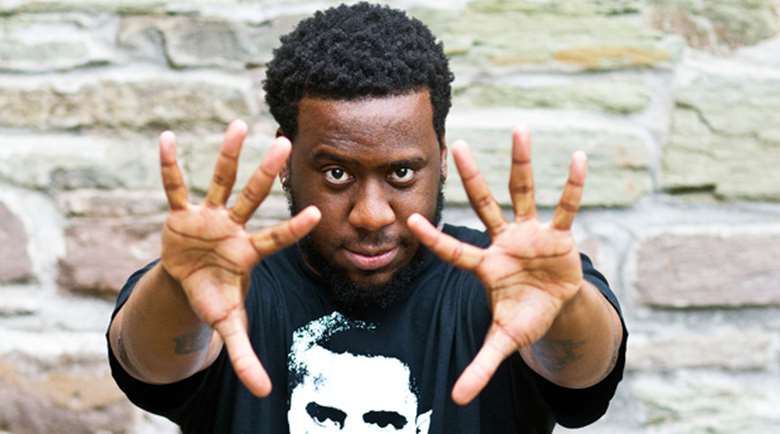Robert Glasper
Kevin Le Gendre
Robert Glasper’s eclecticism and his love of the human voice, both by way of singers and rappers, as well as state of the art production gives him an artistic identity very much of his own

Like many jazz musicians who came of age in the ‘80s and ‘90s, Robert Glasper can claim hip-hop as a major part of the soundtrack of his youth. But more than any of his peers the Texan pianist created a synthesis of the genres, or rather understood how the metronomic starkness and rugged textures of sample-based production could blend with the more fluid nature of soloing without the two elements creating an incoherent union.
Glasper understood exactly what the right ‘pocket’ for a song was and when to keep a backbeat unerringly steady to evoke the quantized character of modern audio software all the while introducing a range of nuanced rhythmic displacements to satisfy his urges as an improviser.
On his 2005 Blue Note records debut Canvas, Glasper had the perfect accompanists to achieve that aim the outstanding drummer Damon Reid and double bassist Vicente Archer, though Glasper’s whole relationship with popular culture also proved a major asset. He had worked with the revered late producer JDilla and the genre-defying bassist Meshell Ndegeocello but even more noteworthy is the fact that one of his significant early gigs as a sideman was with fellow Texan, trumpeter Roy Hargrove, whose R.H Factor project paved the way for Glasper and several other credible jazzers with pop leanings.
Glasper’s relocation to New York to study at the renowned New School in Manhattan was also a turning point insofar as he met kindred creative spirits such as vocalist Bilal Oliver, who has bolstered several of the pianist’s bands, above all Experiment, an electric outfit in which synthesizers and processed sounds, none more so than Casey Benjamin’s vocoder, take pride of place.
His engagement with the mainstream of black music makes Glasper something of a Herbie Hancock for the internet age, and the pianist’s soulful approach to improvising as well as his love of snappy melody and hooks certainly lend credence to that claim. But Glasper’s eclecticism and his love of the human voice, both by way of singers and rappers, as well as state of the art production gives him an artistic identity very much of his own.
The two volumes of his Black Radio project, featuring stars such as Mos Def, Lalah Hathaway and Meshell Ndegeocello, were hugely successful and further broadened his appeal among fans of ‘urban music’, but while the above are recordings in which songs are relatively concise and the engineering, mixing and post-production are of the utmost importance, Glasper is still a formidable proposition on stage.
His performances, particularly with drummer Chris Dave at small venues such as the much-loved Charlie Wrights club in London as well as in larger concert halls such as the Barbican have been outstanding. In fact, it was an epic show at the latter in 2014, during which Glasper and various guests were on stage for the best part of 3 hours, that cemented his status as one of the leading contemporary exponents of jazz who celebrated its relationship with several other genres. A memorable duet with fellow pianist Jason Moran at the Queen Elizabeth Hall a few years later further enhanced his standing.
